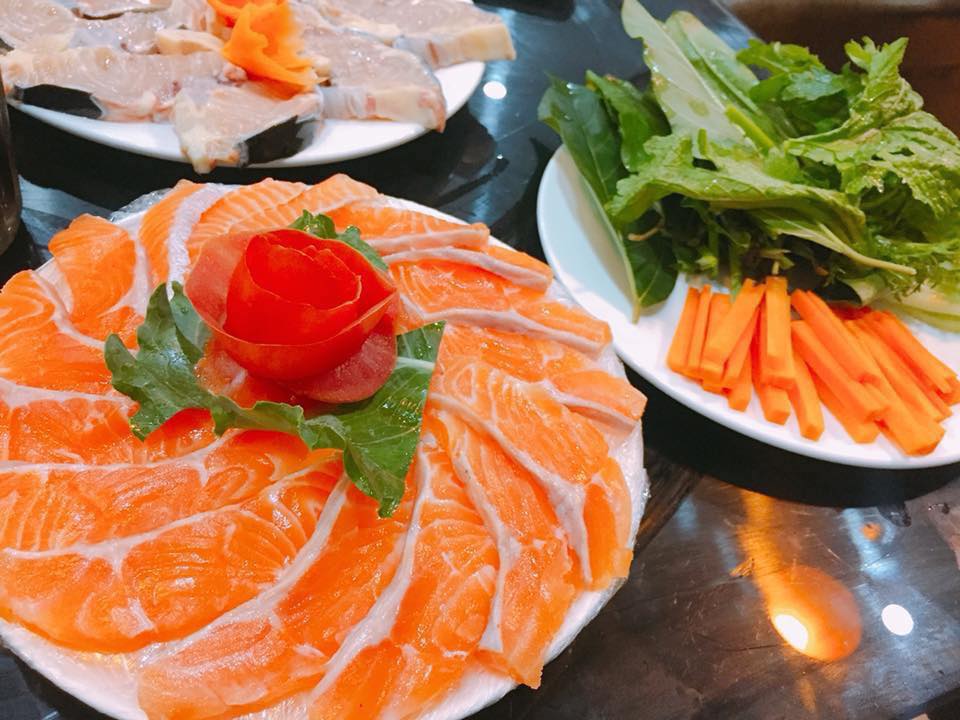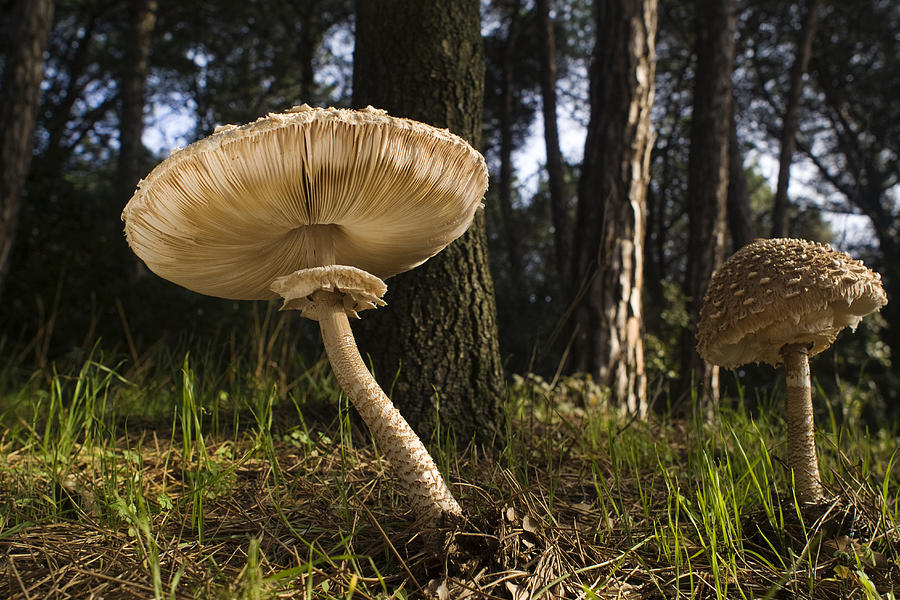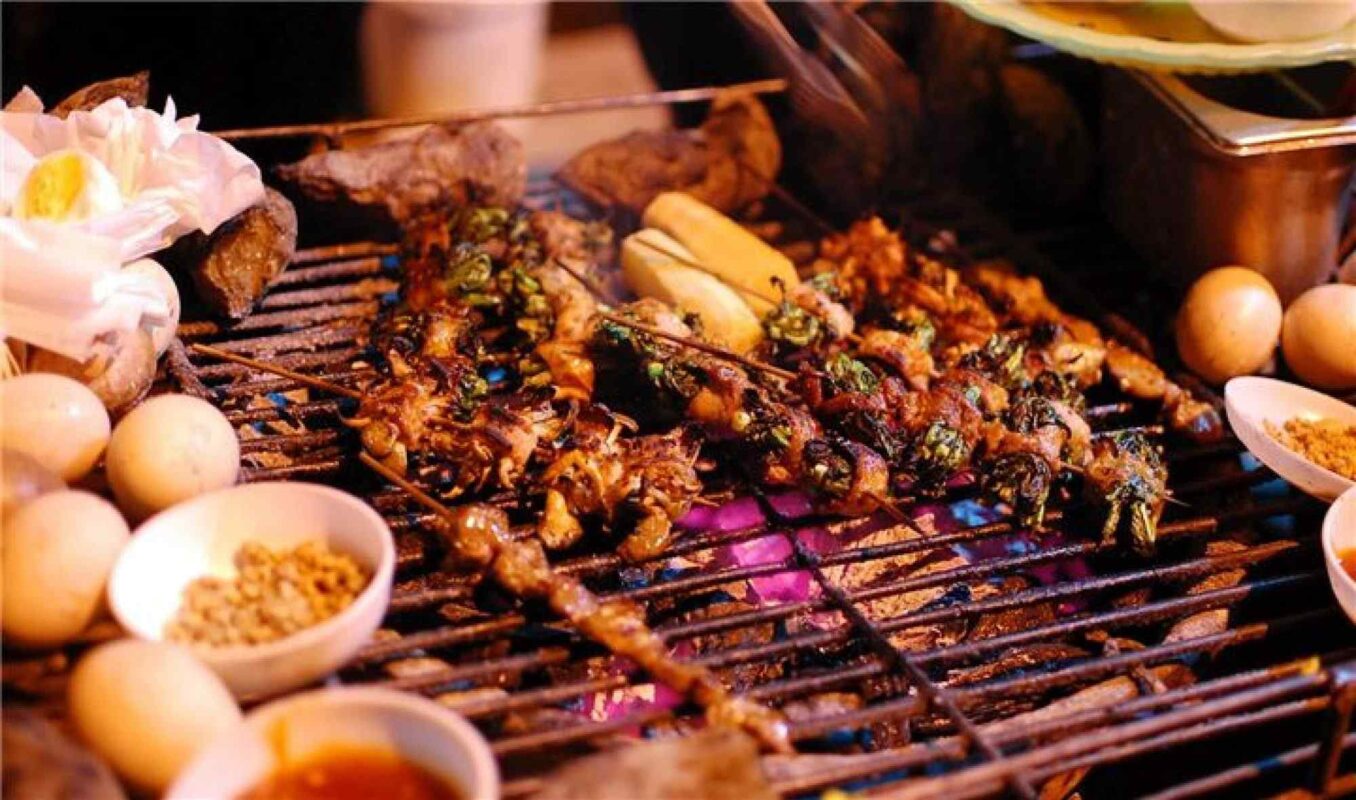Sa pa
Food In Sapa: A Culinary Journey Through Vietnam’s Delights
Sapa, a stunning mountainous region in northern Vietnam, is more than just a paradise for nature lovers and trekkers. It’s a culinary gem that offers a rich tapestry of flavors influenced by the diverse cultures of the local ethnic minorities. From sizzling street food to traditional homestyle dishes, the food in Sapa is an adventure in itself, waiting to be explored. Whether you’re savoring the freshness of mountain-grown produce or indulging in the hearty, warming meals perfect for the cooler climate, Sapa’s cuisine promises to delight every palate. Let’s dive into details with Vietnam Dope Travel!
Traditional Dishes of Sapa
Thang Co (Horse Meat Soup)

Thang Co is one of the most distinctive and traditional dishes of Sapa, reflecting the rich cultural heritage of the Hmong ethnic group. This dish, which has been passed down through generations, is a hearty and flavorful soup made from horse meat, horse bones, and a variety of herbs and spices.
Traditionally, Thang Co is prepared in a large pan over an open fire, allowing the flavors to meld together in a slow-cooking process that can take hours. The broth is seasoned with spices such as cardamom, ginger, lemongrass, and cinnamon, creating a complex and aromatic flavor profile. The inclusion of horse meat, a delicacy in the region, gives the soup a unique taste that is rich and slightly gamey.
Com Lam (Bamboo Sticky Rice)
Com Lam, or Bamboo Sticky Rice, is a simple yet delightful dish that showcases the ingenuity of Sapa’s ethnic communities. This traditional dish is made by stuffing glutinous rice into bamboo tubes and then roasting them over an open fire. The bamboo imparts a subtle aroma to the rice, enhancing its natural flavors. The process of making Com Lam is meticulous, as the rice must be soaked, drained, and carefully packed into the bamboo, ensuring it cooks evenly. The result is a fragrant, slightly chewy rice that is both nourishing and satisfying.
Thit Trau Gac Bep (Smoked Buffalo Meat)
Thit Trau Gac Bep, or Smoked Buffalo Meat, is a traditional delicacy that highlights the resourcefulness of the ethnic minorities in Sapa. This dish is made by smoking buffalo meat over a fire, a process that both preserves the meat and infuses it with a deep, smoky flavor. The buffalo meat, usually from the back or thighs, is marinated with salt, ginger, and other spices before being hung above the kitchen’s wood fire, where it slowly dries over several months. The result is a chewy, flavorful meat that can be eaten as a snack or used in various dishes.
Sapa Salmon

Sapa Salmon is a unique culinary offering from the highlands, reflecting the adaptation of an imported species to the local environment. Unlike the salmon found in colder, temperate regions, Sapa Salmon is farmed in the cool, clean waters of Sapa’s mountain streams, which provide an ideal habitat for this fish. The salmon raised here are known for their firm flesh and delicate flavor, which is less oily than their oceanic counterparts. Sapa Salmon is prepared in a variety of ways, from sashimi to hotpot, grilled, or steamed. Each preparation method brings out different aspects of the fish’s flavor and texture, making it a versatile ingredient in Sapa’s culinary scene.
Local Ingredients and Flavors
Fresh Herbs and Spices
In Sapa, fresh herbs and spices are a fundamental part of the local cuisine, enhancing dishes with their distinct aromas and flavors. The region’s temperate climate and fertile soil make it an ideal place for growing a wide variety of herbs, such as mint, coriander, and perilla. These herbs are not only used to season food but also play a role in traditional medicinal practices. For example, perilla leaves are often added to soups and stews for their subtle, peppery taste and are believed to have anti-inflammatory properties. Coriander, known for its refreshing flavor, is frequently sprinkled on top of salads and noodle dishes. Sapa’s herbs are usually freshly picked and used immediately, which preserves their intense flavor and health benefits.
Mountain Vegetables
Mountain vegetables in Sapa are a cornerstone of the local diet, providing not only sustenance but also a deep connection to the land. Grown in the high-altitude fields and terraced hillsides, these vegetables are typically organic, cultivated without the use of chemical fertilizers or pesticides. Popular varieties include chayote, mustard greens, and bamboo shoots, each bringing unique textures and flavors to Sapa’s cuisine. Chayote, with its mild flavor and crisp texture, is often stir-fried with garlic or added to soups.
Forest Mushrooms

Sapa’s forests are a treasure trove of wild mushrooms, which are highly prized for their earthy flavors and nutritional benefits. Foraging for mushrooms is a time-honored tradition in Sapa, especially during the rainy season when the forests come alive with a variety of fungi.
Some of the most sought-after types include shiitake, wood ear, and porcini mushrooms. Shiitake mushrooms, with their rich umami flavor, are often used in soups and broths, where they impart a deep, savory taste. Wood ear mushrooms, known for their crunchy texture, are commonly found in salads and stir-fries, adding a satisfying bite to the dishes.
FAQs
Where can I find the best local food in Sapa?
You can find the best local food at Sapa Market, as well as in family-run restaurants in the town center. These spots offer authentic experiences and freshly prepared dishes using locally sourced ingredients.
Are there vegetarian options available in Sapa?
Yes, many restaurants in Sapa offer vegetarian options, including vegetable stir-fries, tofu dishes, and fresh spring rolls. Be sure to ask about specific vegetarian options at local eateries.
What is the best time to experience Sapa’s food scene?
The best time to experience Sapa’s food scene is during the local festivals and market days when the town is bustling with vendors offering traditional foods and specialties.
Can I take cooking classes in Sapa?
Yes, there are several cooking classes available in Sapa where you can learn to prepare traditional dishes using local ingredients. These classes often include a visit to a local market.
Conclusion
Sapa’s food scene offers a unique opportunity to experience the flavors of Northern Vietnam, with a blend of traditional dishes and local ingredients that are sure to delight your taste buds. Whether you’re enjoying a meal at a local market, dining in a cozy restaurant, or participating in a cooking class, the culinary journey in Sapa is one you won’t forget. Make sure to explore the local specialties and savor the rich cultural heritage that each dish represents.

